
Looking for a more eco-friendly flooring option? Learn how much Marmoleum® flooring costs and what factors can affect the price of installation.
You’ll be floored by how well they float
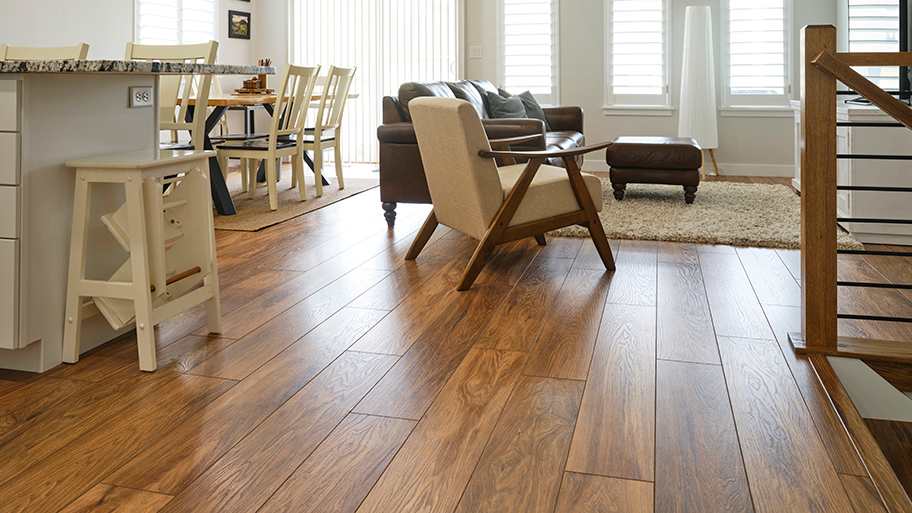

Floating floors are flooring systems where planks lock together and rest above the subfloor without being nailed or glued down.
Popular floating floor materials include laminate, luxury vinyl, and engineered wood.
DIY installation works well for simple, level spaces; however, complex rooms and uneven subfloors benefit from professional expertise.
Preparation and maintenance prevent common issues like warping and gaps, and keep floating floors looking their best.
The sound of “floating floors” might make you imagine walking on cloud nine, but don’t be fooled—they’re actually one of the most solid, down-to-earth flooring options out there. They look fantastic, go in quickly, and won’t break the bank like traditional hardwood. If you want a flooring upgrade that’s easy to install, easy to live with, and easy on your budget, floating floors could be exactly what you’ve been searching for. Whether you’re tackling a weekend project or planning a bigger renovation, floating floors make the process feel a lot more doable and a lot less stressful.
Floating floors are a type of flooring that isn’t attached directly to the subfloor. Instead of being nailed or glued down, each plank connects tightly to the next using a built-in locking mechanism—usually a tongue-and-groove or click-and-lock system. Once all the planks are connected, they form a smooth, seamless surface that simply “floats” over a layer of underlayment.
Here’s how it works: Before installation, a thin layer of underlayment (usually foam or cork) is rolled out across the subfloor. This adds a bit of cushion underfoot, helps muffle sound, and offers some moisture protection. Then, the floorboards are laid over it and clicked into place one by one. Once everything’s connected, the floor stays put thanks to its own weight and the tight fit of the locking system. It’s both solid and flexible enough to handle the everyday expansion and contraction (without warping, cracking, or buckling) that comes with fluctuating humidity and temperatures.
Floating floors are especially useful for spaces where you might want to avoid adhesives or where the subfloor isn’t perfectly level. As long as the underlayment is properly installed so the subfloor is level, you’ll get a polished, professional-looking floor—without the commitment and permanence of traditional flooring.
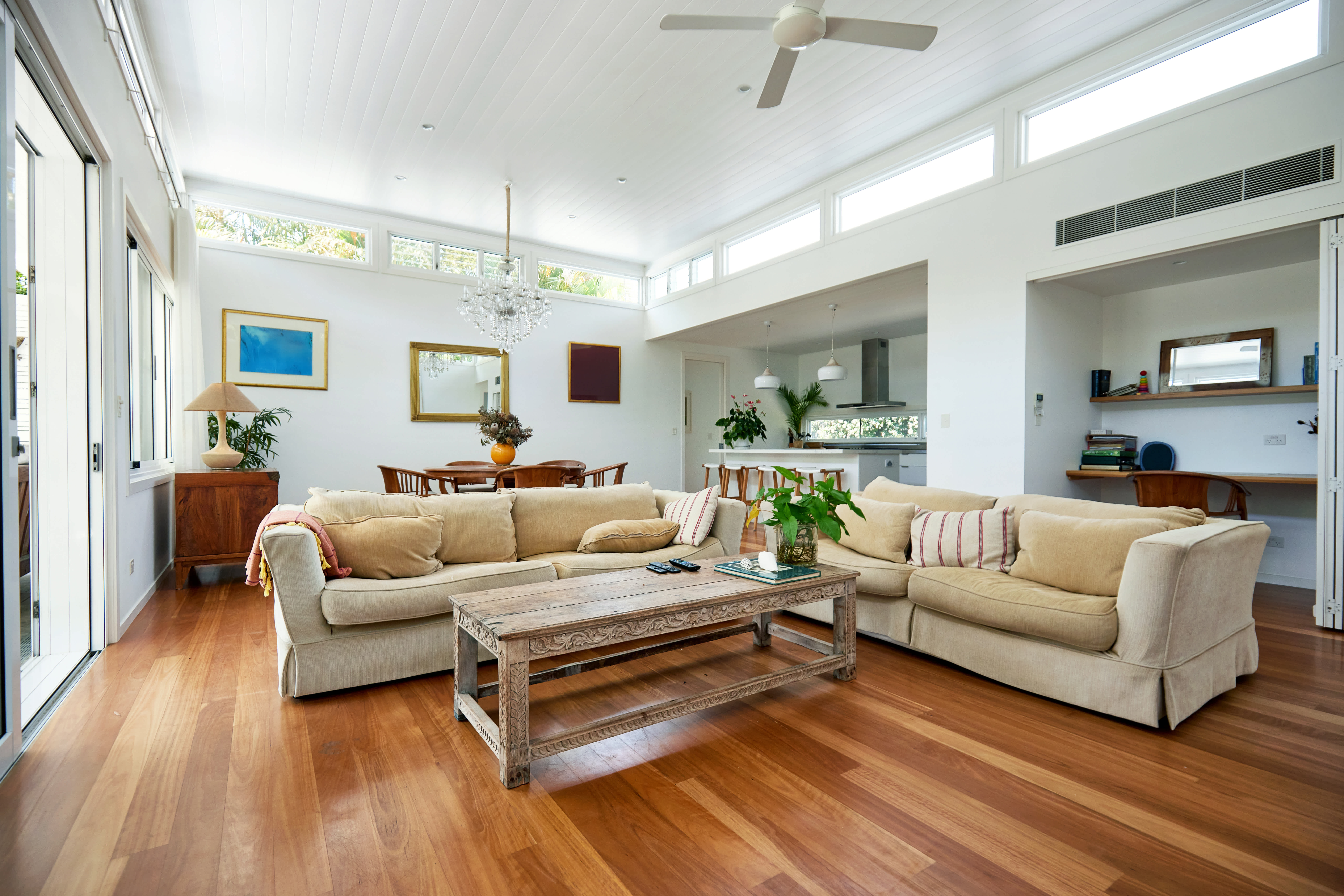
Choosing a floating floor is more than picking a color you like. It’s about finding the right flooring material for the way you live. Whether you prioritize durability, waterproofing, or just want the look of real wood without the maintenance, there’s a floating floor that fits.
Laminate flooring is a budget-friendly option that holds up well in high-traffic areas. Its layered construction includes a dense fiberboard core, a photo layer that mimics wood or stone, and a clear protective finish. It resists scratches better than most, making it a favorite for homeowners with kids, pets, or both. Just keep it away from moisture-heavy zones, like bathrooms—it doesn’t handle water well.
Luxury vinyl plank (LVP) and tile (LVT) offer serious moisture resistance and a softer surface beneath your feet. Built entirely from synthetic materials, these planks are fully waterproof and incredibly low-maintenance. They’re ideal for kitchens, basements, and any room prone to spills. Cost-wise, luxury vinyl flooring lands in the middle. Expect to pay a bit more than laminate but less than engineered wood.
Engineered wood offers homeowners a real hardwood surface with a more stable core underneath. It’s made with layers of plywood or HDF and topped with a thin veneer of genuine wood, which means it can be sanded and refinished once or twice. It’s more moisture-resistant than solid hardwood, but it’s still not ideal for wet areas. Engineered wood is the priciest option for floating floors, but it can add real character, warmth, and long-term value to your home.
Floating floors are a great option for homeowners who want good-looking, functional flooring without the stress of a complicated install. Because they aren’t nailed or glued down, they can go in quickly—even over an existing floor—making them a favorite among DIYers and anyone trying to save time or money. Still, while the convenience is great, there are a few pros and cons to consider before going all in.
Quick and simple installation
Generally more budget-friendly
Great for DIY projects
Installs over most existing floors
Adjusts to temperature and humidity changes
Easier to swap out damaged planks
May feel less solid underfoot
Not ideal under very heavy furniture
Doesn’t boost resale value as much
Needs a perfectly level subfloor
Prone to moisture issues if unsealed
Floating floors are low-maintenance, but they’re not maintenance-free. The most common issues homeowners run into (like shifting, buckling, or annoying squeaks) are avoidable with a little prep and smart maintenance. These thoughtful steps before, during, and after installation can make a significant difference in how well your floor holds up over time.
Choose quality materials: Stick with trusted brands and well-reviewed products to avoid premature wear or manufacturing flaws.
Use proper underlayment: Pick one that’s compatible with your flooring type and subfloor—it makes a difference in stability and moisture protection.
Acclimate your flooring: Let planks rest in the room for a couple of days before installation so they can adjust to the temperature and humidity.
Prepare the subfloor thoroughly: A flat, clean, dry surface is essential to avoid gaps, squeaks, or uneven spots in the future.
Leave adequate expansion gaps: Give the floor space to expand and contract without pressure on the edges.
Manage indoor humidity: Keep humidity levels stable between 35% and 55% to prevent shifting or warping.
Clean spills immediately: Wipe up liquids as soon as they spill. Even water-resistant floors can suffer if moisture sits too long.
Use appropriate cleaning methods: Skip steam cleaners or soaking, and stick to damp mops and floor-safe products.
Protect from heavy loads: Use felt pads and lift (don’t drag) heavy furniture across the floor.
Rotate furniture and rugs: Shift area rugs and furniture occasionally to avoid pressure wear or uneven fading from sunlight.
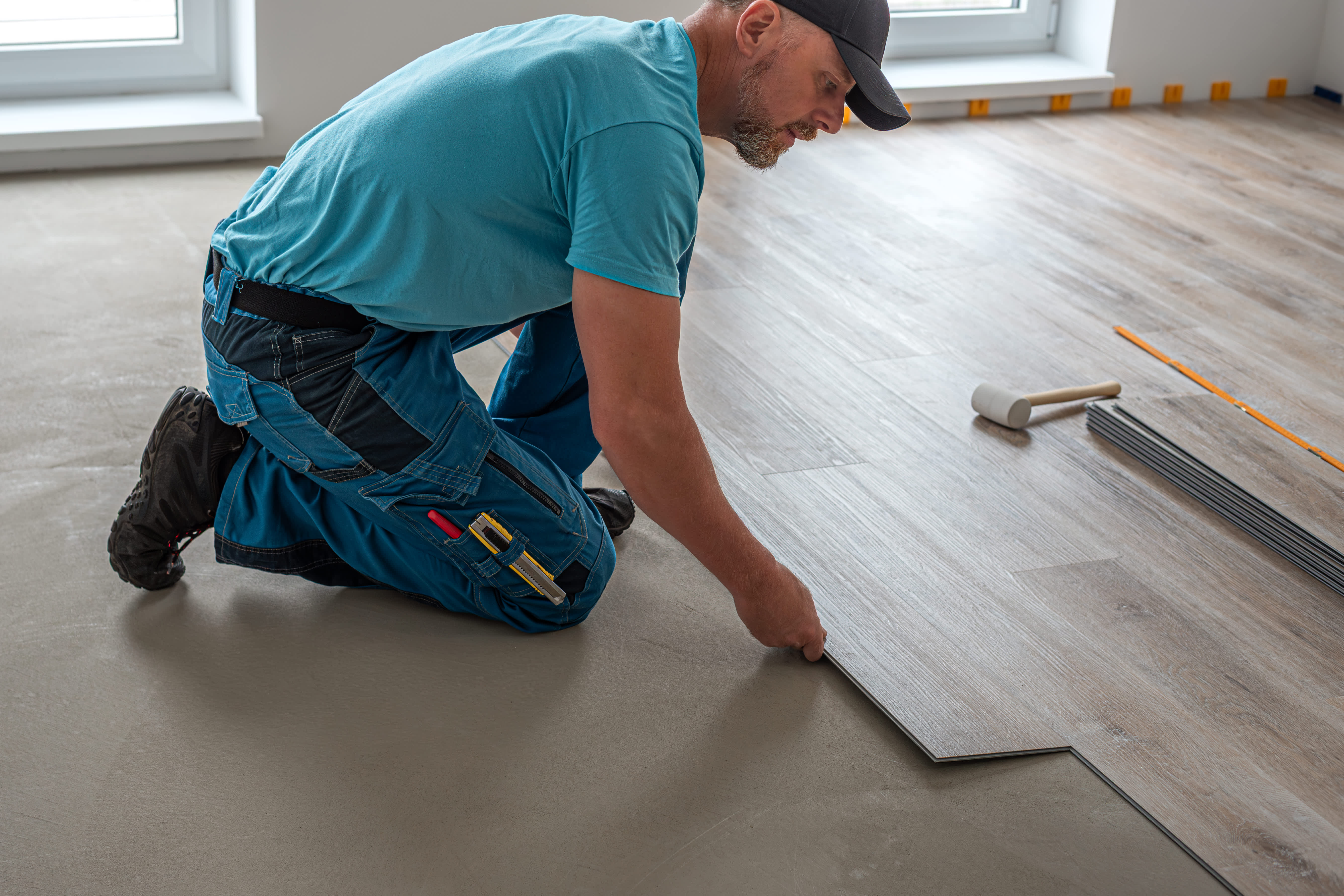
One of the biggest perks of floating floors is that you can install them yourself—and a lot of homeowners do. The click-and-lock system makes the process pretty approachable, especially in small, straightforward spaces like bedrooms or hallways. You’ll save a decent chunk of money on labor and get full control over the timeline. If your subfloor is level and you’re comfortable with a tape measure, utility knife, and a few “how-to” videos, it’s a solid DIY project.
But not every room is so forgiving. Odd angles, uneven subfloors, or lots of doorways can turn a quick job into a frustrating one. This is where hiring a flooring professional makes sense. They bring expertise, tools, and precision needed to handle complicated layouts—and they’ll probably finish the job in half the time. Some manufacturers even require professional installation for the warranty to stay valid, which matters if you’re investing in higher-end materials.
Doing it yourself can be satisfying and cost-effective for simpler spaces. But for large, complex areas—or if you just want it done right the first time—paying for a professional can save you time, stress, and expensive do-overs.
From average costs to expert advice, get all the answers you need to get your job done.

Looking for a more eco-friendly flooring option? Learn how much Marmoleum® flooring costs and what factors can affect the price of installation.
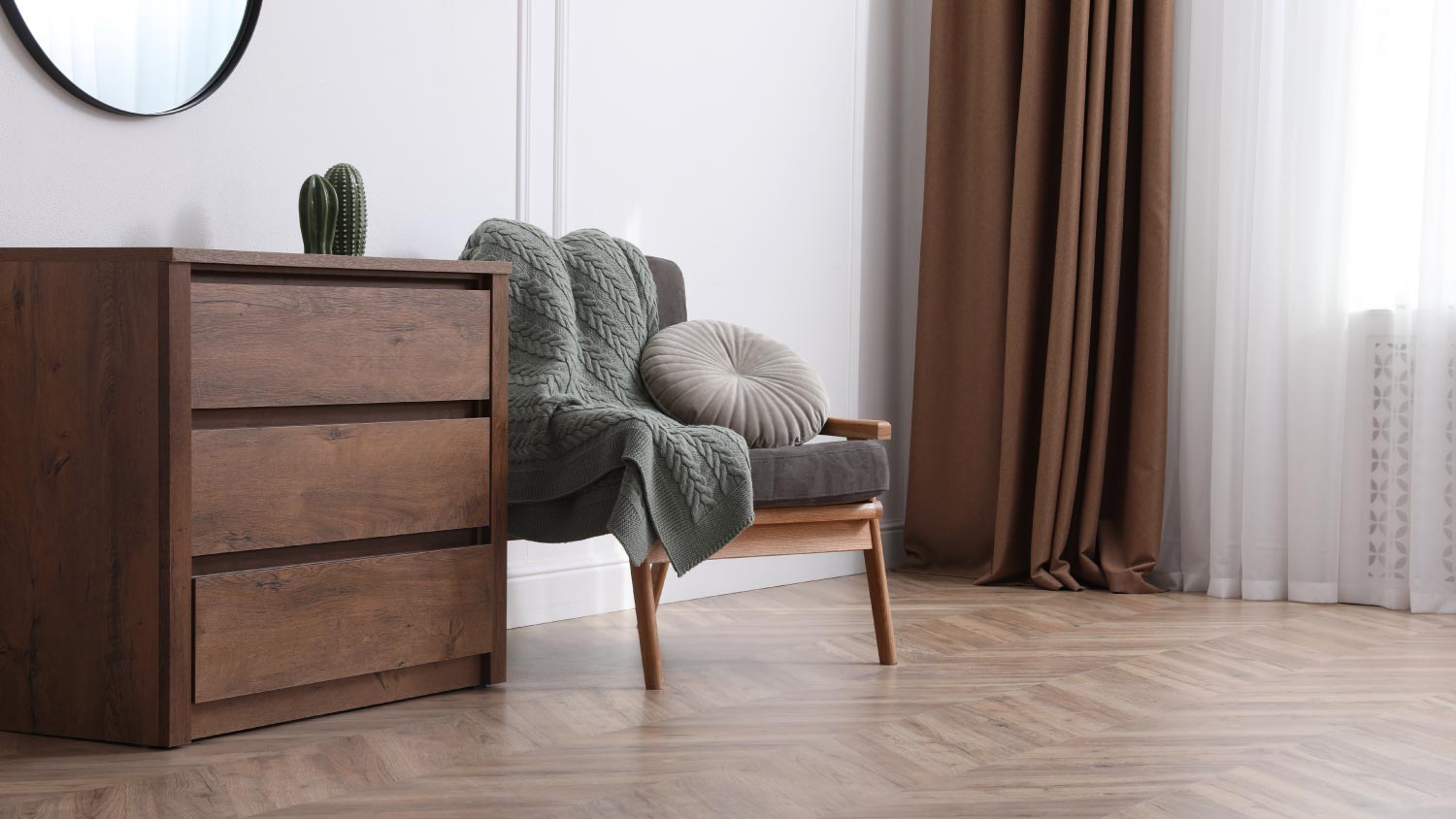
Discover stamped concrete wall cost estimates, including average prices, key cost factors, and tips to help you budget your project with confidence.

OSB is a common material used for subflooring, wall sheathing, and roofing. Here’s a breakdown of how much OSB panels will cost for your project based on type and size.
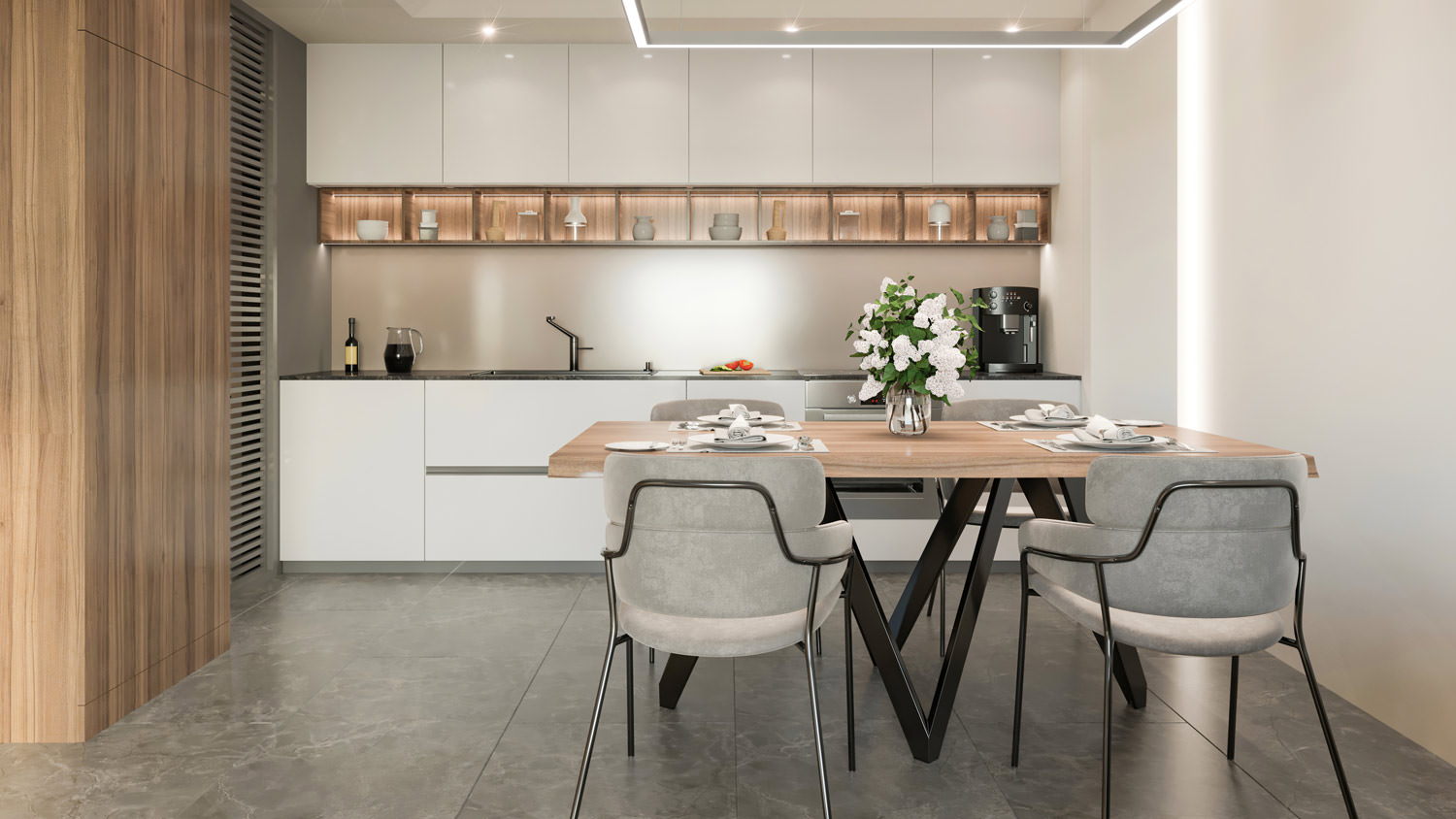
Updated flooring can make any room in your home feel brand new. Explore flooring installation costs in Columbus, OH, from materials to labor costs.

If you’re dealing with warped or creaky floors, it could be a subfloor issue. This guide will show you how to replace a subfloor totally DIY.
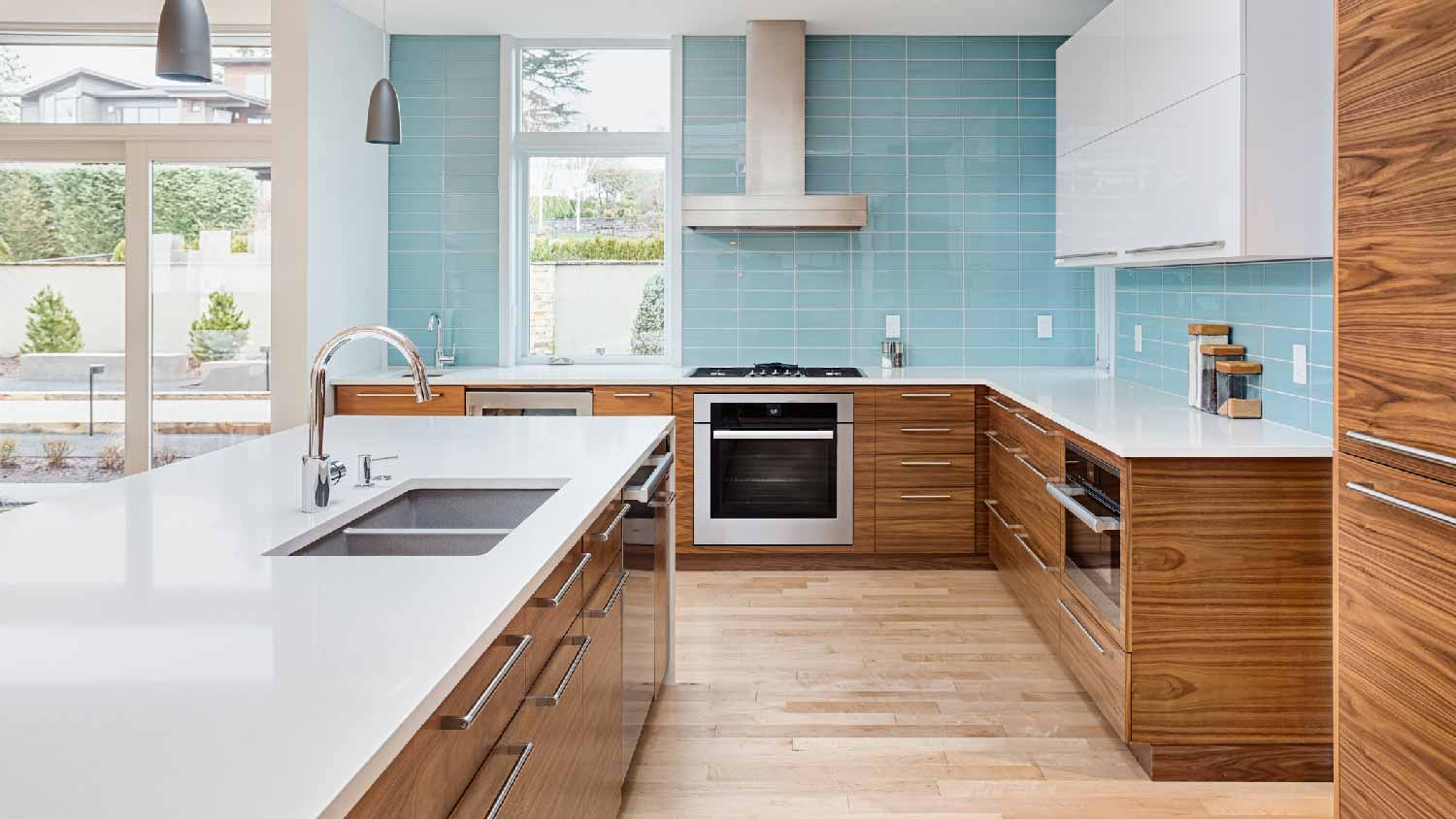
Updated flooring can make any room in your home feel brand new. Explore flooring installation costs in New York, NY, from materials to labor costs.